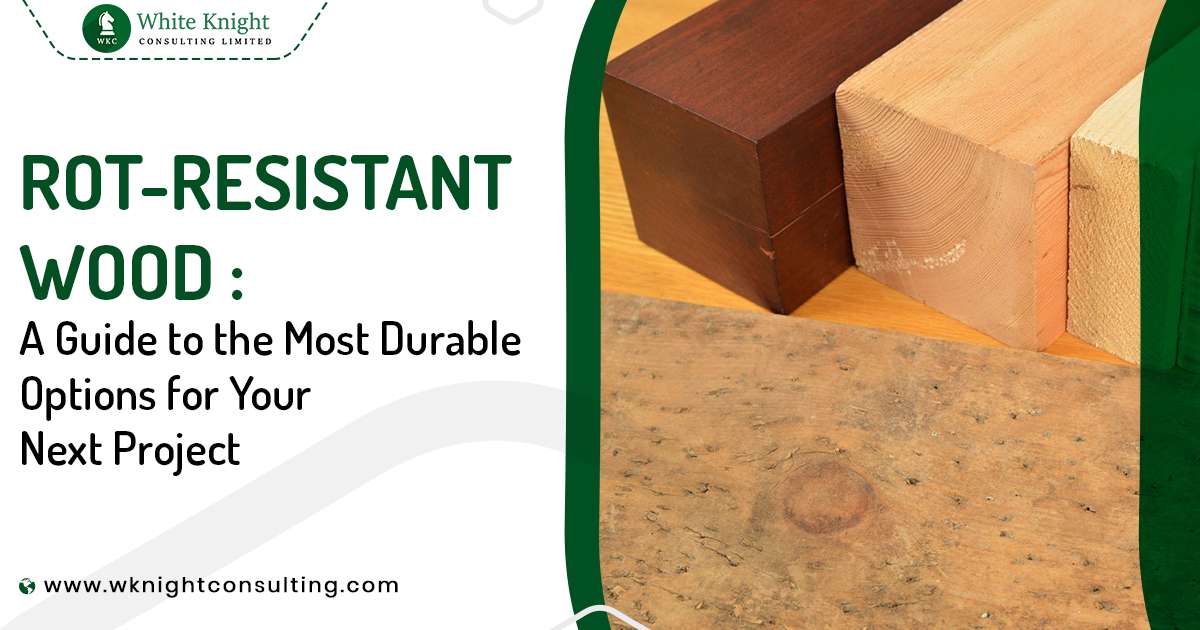Some wood species are naturally resistant to rot and decay because of their specific structure and physical properties. Rot-resistant is a property that is important for woods that are intended to be used either for exterior purposes or for items that will be in frequent touch with water or soil.
Rot or decay in wood happens because of different types of defects in timber are caused by many elements & reasons, including moisture and insect attacks. Moisture alone is not generally responsible for wood decay. When a piece of wood gets wet and remains so for a long time, it becomes susceptible to attack by fungi and microbes, which eats away at the wood over a period of time, which leads to the decay of wood. If you’re looking to buy timber for an exterior project or similar purpose, make sure to check that the wood is resistant to rot.
What Is Rot-Resistant Wood?
Some wood species are naturally resistant to decay. They have specific properties and a physical structure to not allow moisture and/or fungi to get absorbed inside the wood or affect it negatively. In short, rot-resistant wood will not generally be affected by rot and will not decay easily even when in constant contact with moisture and other elements responsible for the decay of wood.
If you are wondering what makes a wood species resistant to rot and decay, it’s many things, including naturally occurring oils in the wood (which help keep insects away and protect the wood from moisture), the unique physical structure of the wood, extractives like resin, natural acids, etc. in the tree, and the particular part of the tree (heartwood tends to be more durable and rot-resistance compared to sapwood). Older and slow-growing trees tend to have more heartwood and a higher amount of extractives, which is why they are generally more durable in terms of resistance to decay.
While some wood species are naturally resistant to rot, others can be made rot-resistant through external treatment, which includes pressure treatment, painting, oiling, etc.
How to Make Timber Resistant to Rot?
There are many external methods to make an otherwise decay-prone piece of timber to be able to withstand decay and rot. The most common and popular of these methods is wood pressure treatment.
The pressure treatment method basically involves the treatment of wood with certain chemicals under high-pressure conditions such that the chemical gets absorbed inside the fibres of the wood and provides the extra strength for them to withstand external forces and attacks. Many of the sawn timber and boards available in the market are already pressure-treated.
Let’s now talk about the best timber options that are rot-proof in nature.
How to Find the Right Rot-Resistant Wood for Your Project
Before you can figure out the best rot-resistant wood for your particular purpose, you must know about the different types of wood and their specific properties. For instance, you may find it interesting to know that almost all softwoods are non-resistant to decay and have low durability. This is why softwoods are mostly preferred only for interior applications.
On the other hand, many hardwoods are naturally rot-resistant. This is because they have strong and durable heartwood with natural oils and extractives, which make the wood naturally withstand external forces. However, not all hardwoods are naturally durable, and you must research extensively before selecting hardwood timber for your project.
If you need professional help selecting the right decay-resistant timber for your project, you can contact us at White Knight Consulting Ltd UK for all your wood-related queries and to consult with our professional wood experts. They can help you find the perfect timber for your project.
Top Rot-Resistant Wood Species in the Market
If you are looking to purchase a decay-resistant wood or timber for your next project, these are some of your best options:
1. Redwood
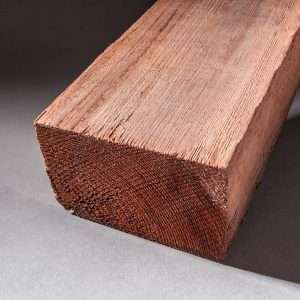
One of the most sought-after types of rot-resistant lumber is redwood, which is utilised in the US to create really luxurious furniture and even floor plans. Due to its robust and durable qualities, redwood, an indigenous hardwood to the coastal areas of the United States, may be one of the most well-known woods in the entire world.
Redwood is considered extremely resistant to rot. It is commonly used for structural beams, trim pieces, outdoor decks, flooring, and furniture.
2. Mahogany
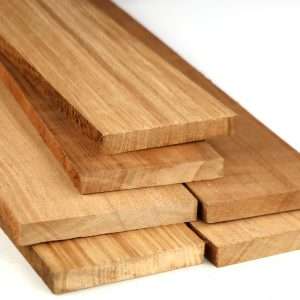
Mahogany is a good option to consider if you’re looking for a lumber that do not rot and works just as well but just a little better. This is a type of hardwood that is widespread throughout the world. Because of its qualities, which make it excellent for applications where moisture might be an issue, it is also significantly more expensive than other wood species.
Mahogany is a gorgeous but expensive hardwood that is considered moderately rot-resistant. It is used for interior and exterior trim pieces, outdoor decks, vehicles trim pieces and other outdoor furniture.
3. Cedar
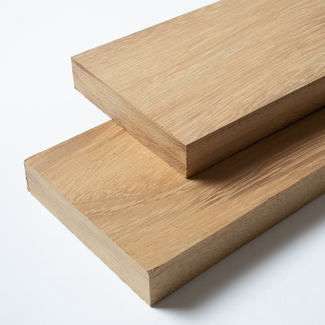
One of the wood species that is suitable for just about any situation and performs admirably is cedar wood. In fact, it’s so well-liked that cedar wood would probably be mentioned as the perfect rot-resistant wood species if you asked a typical woodworker. Because cedar is a naturally water-resistant wood, its natural wood oils are also used topically to treat a variety of ailments.
Cedar is moderately durable and naturally resistant to rot. It is largely used for making outdoor decks, fences, interior and exterior trim pieces, gazebos, furnishings, etc.
4. Black Walnut
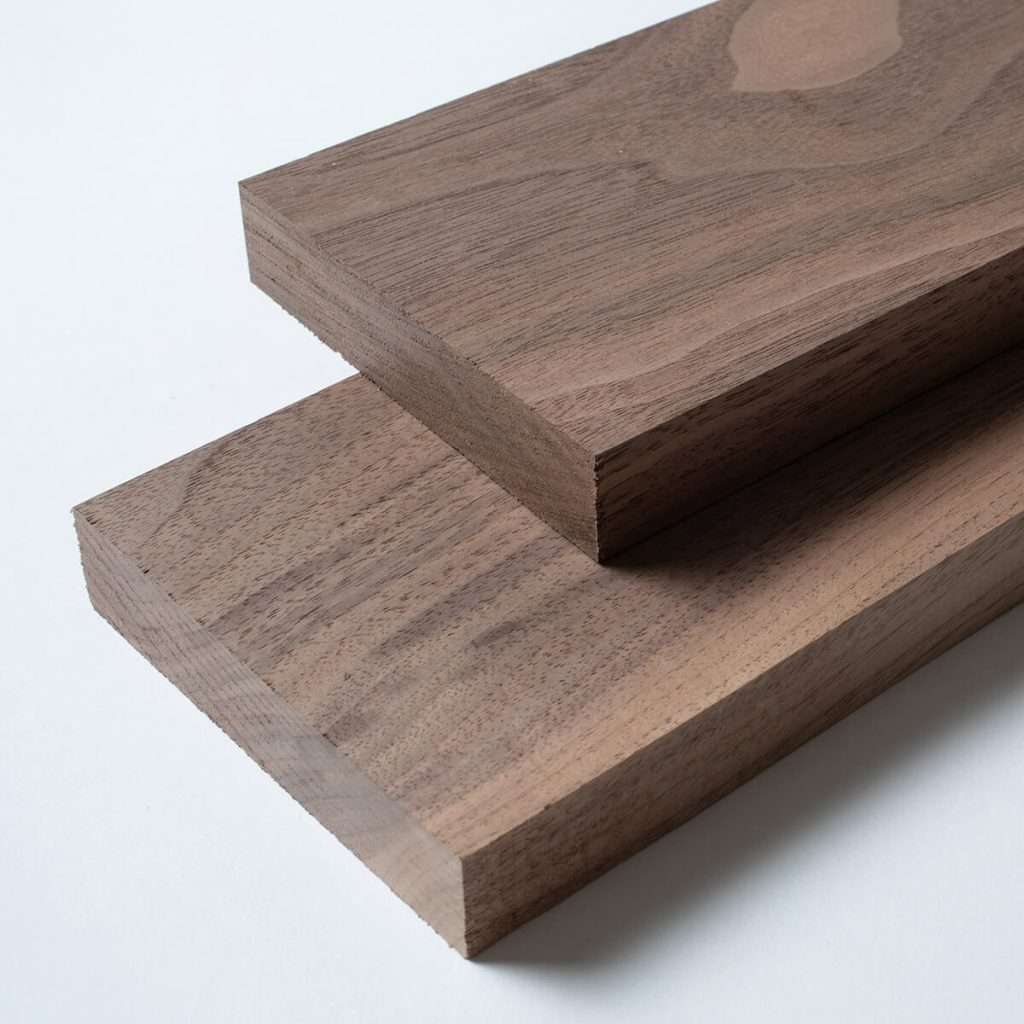
One of the best types of hardwood options to consider is walnut. This wood is as premium as it gets in terms of price and quality given that top brands like Rolls Royce use it in the trim for their vehicles.
Black walnut is moderately rot-resistant and is considered suitable for a range of applications including interior and exterior trim, wooden kitchenware, whittling, musical instruments, vehicle trim pieces, etc.
5. Teak
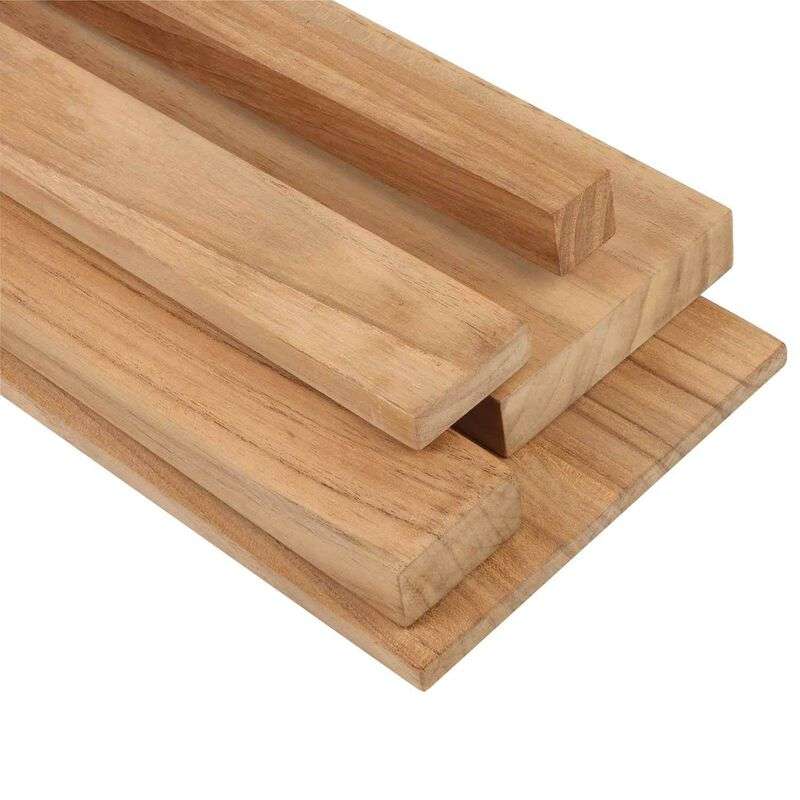
Why not try teak wood if you want to distinguish your workpiece by using a fascinating type of wood but don’t want a too expensive option like walnut? Teak isn’t native to the US, therefore the furniture and treatments that are applied as a result are wholly unique. It’s also not overly pricey.
Teak is extremely durable and has outstanding rot-resistant ability. It is used in the construction of seafaring vessels, woodturning, whittling, premium furniture, and veneer.
6. Oak
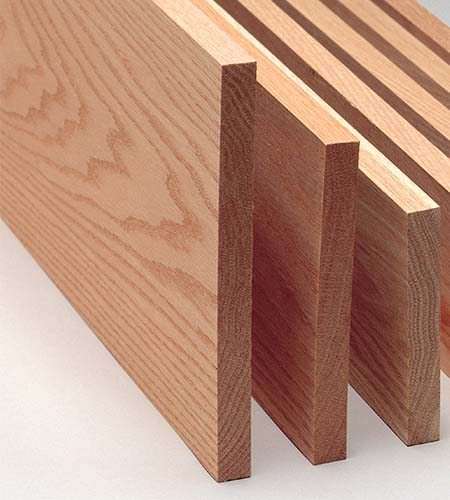
Even if you have zero experience with woodworking, you have most probably heard of oak as a high-quality wood. Due to its glossy appearance, incredibly dense heartwood, and a natural abundance of natural oils that protect it from rot and moisture damage, oak is one of the most widely used woods in the world.
Oak, similar to teak, is also extremely durable and rot-proof in nature. It is very hard and dense and is often used in load-bearing applications. Other uses of oak include flooring, exterior decks, veneer, furniture, joinery, panelling, and trim pieces.
If you are looking to purchase high-quality, rot-resistant wood in the UK, you’re welcome to check out our official website and explore our vast range of hardwood species that are sourced from all parts of the world. We only deal in commercial-grade, sustainably-sourced woods and provide the best price for wood timber in the UK. Contact us to know more.
